Publikace
> 'Development of radiation tolerant semiconductor detectors for the Super-LHC'
Development of radiation tolerant semiconductor detectors for the Super-LHC
Autor
| Moll M. | CERN, EP Division, PH Department, 1211 Geneva 23, Switzerland |
| Chren Dominik | Czech Technical University in Prague, Czech Republic |
| Horažďovský Tomáš, Ing. | UTEF |
| Kohout Zdeněk, RNDr. | UTEF |
| Linhart Vladimir, Ing. Ph.D. | UTEF |
| Pospíšil Stanislav, DrSc. Ing. | UTEF |
| Sopko Bruno | KF FSI ČVUT |
| Sopko Vitek, Ing.,Ph.D. | UTEF |
| Uher Josef, Ing. | UTEF |
| et al. | - |
Rok
2005
Časopis
NIM A 546 (2005) 99–107
Web
Obsah
The envisaged upgrade of the Large Hadron Collider (LHC) at CERN towards the Super-LHC (SLHC) with a 10 times increased luminosity of 10^35 cm^-2.s^-1 will present severe challenges for the tracking detectors of the SLHC experiments. Unprecedented high radiation levels and track densities and a reduced bunch crossing time in the order of 10 ns as well as the need for cost effective detectors have called for an intensive R&D program. The CERN RD50 collaboration ‘‘Development of Radiation Hard Semiconductor Devices for Very High Luminosity Colliders’’ is working on the development of semiconductor sensors matching the requirements of the SLHC. Sensors based on defect engineered silicon like Czochralski, epitaxial and oxygen enriched silicon have been developed. With 3D, Semi-3D and thin detectors new detector concepts have been evaluated and a study on the use of standard and oxygen enriched p-type silicon detectors revealed a promising approach for radiation tolerant cost effective devices. These and other most recent advancements of the RD50 collaboration are presented.
Granty
| 1P04LA211 | Spolupráce ČR s CERN |
Projekty
Příklad citace článku:
M. Moll, D. Chren, T. Horažďovský, Z. Kohout, V. Linhart, S. Pospíšil, B. Sopko, V. Sopko, J. Uher, . et al., "Development of radiation tolerant semiconductor detectors for the Super-LHC", NIM A 546 (2005) 99–107 (2005)
Hledat
Události
21.-22. 11. 2014
Seattle, USA
8-15 Nov 2014
Surrey, Velká Británie
8. září 2014
9. září 2014
24. 4. 2014
3. 4. 2014
Seoul, Korea
27 Oct - 2 Nov 2013
Paris
23-27 June 2013
Anaheim, USA
29 Oct - 3 Nov 2012



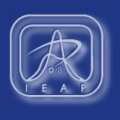


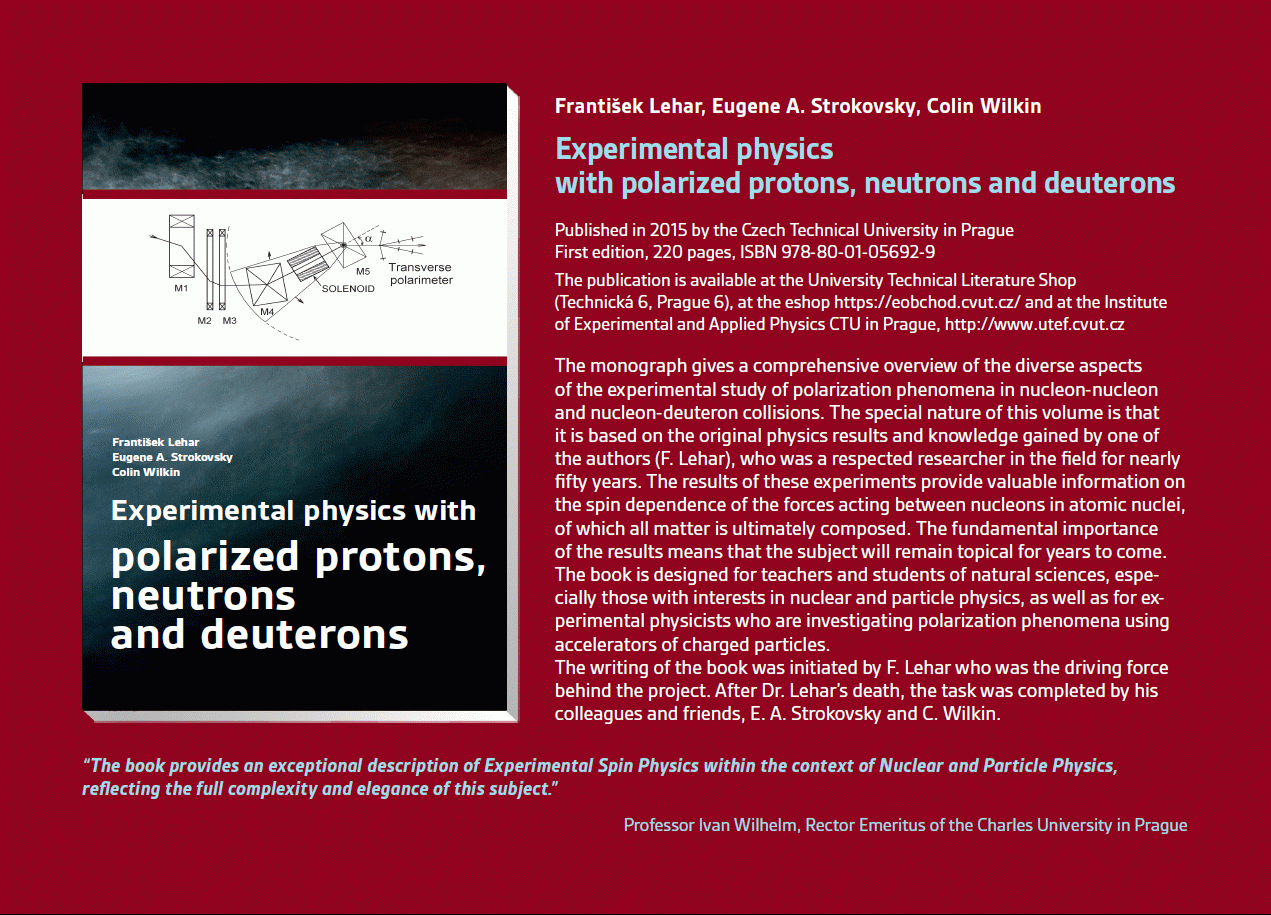 Experimental physics
with polarized protons, neutrons and deuterons
Experimental physics
with polarized protons, neutrons and deuterons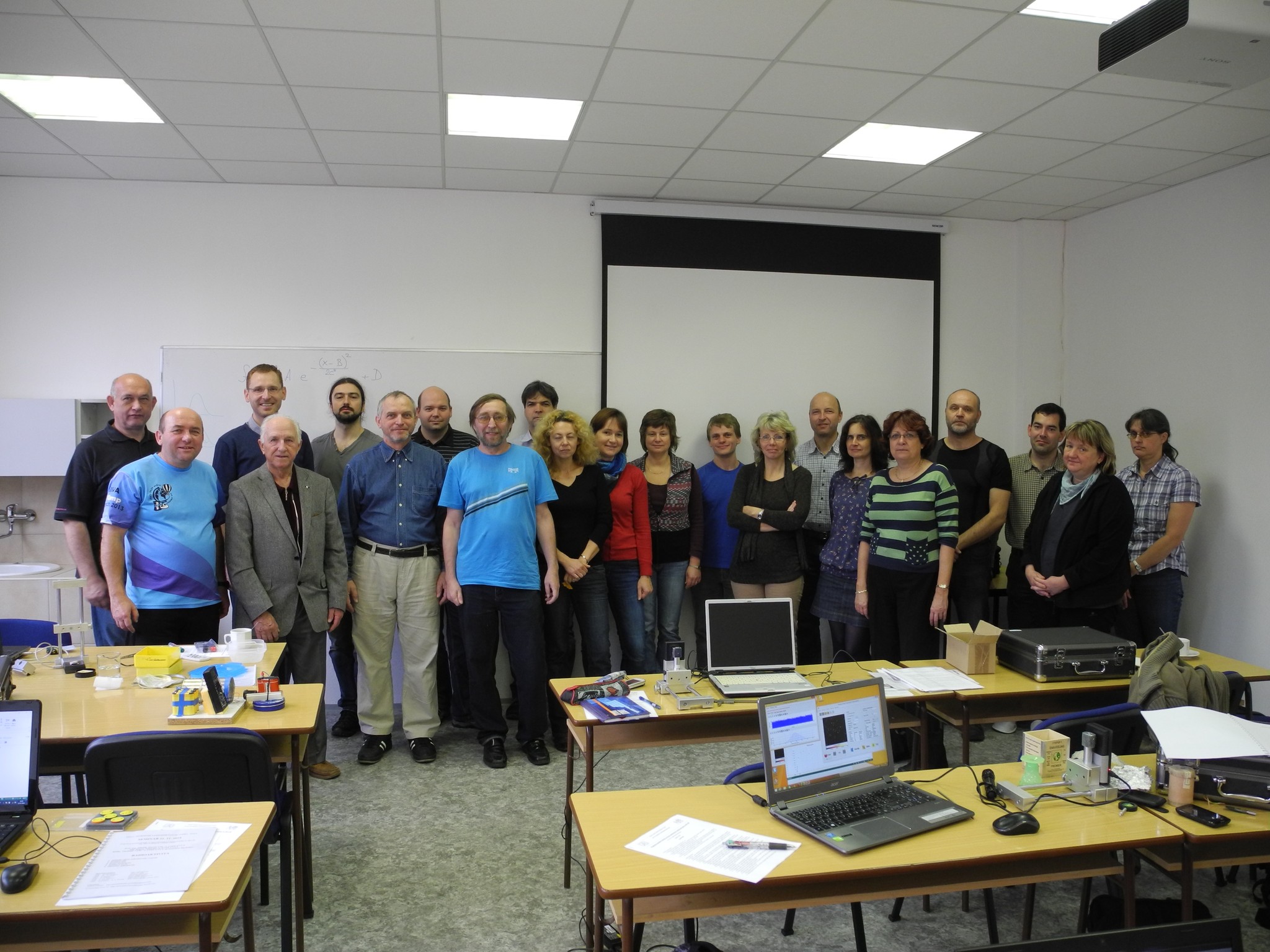 Progresivní detekční metody ve výuce subatomové a částicové fyziky
na ZŠ a SŠ
Progresivní detekční metody ve výuce subatomové a částicové fyziky
na ZŠ a SŠ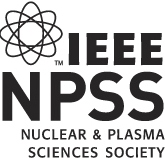 NSS MIC IEEE Conference
NSS MIC IEEE Conference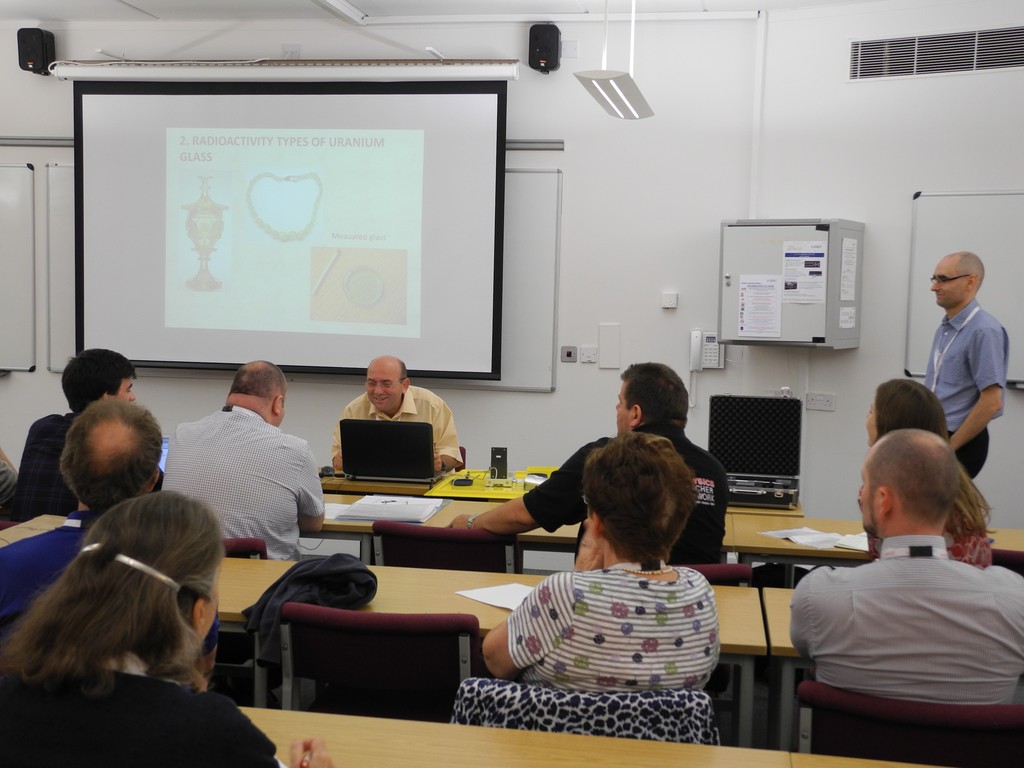 Konference SEPnet, CERN@school
Konference SEPnet, CERN@school Lovci záhad - spolupráce ČT a ÚTEF
Lovci záhad - spolupráce ČT a ÚTEF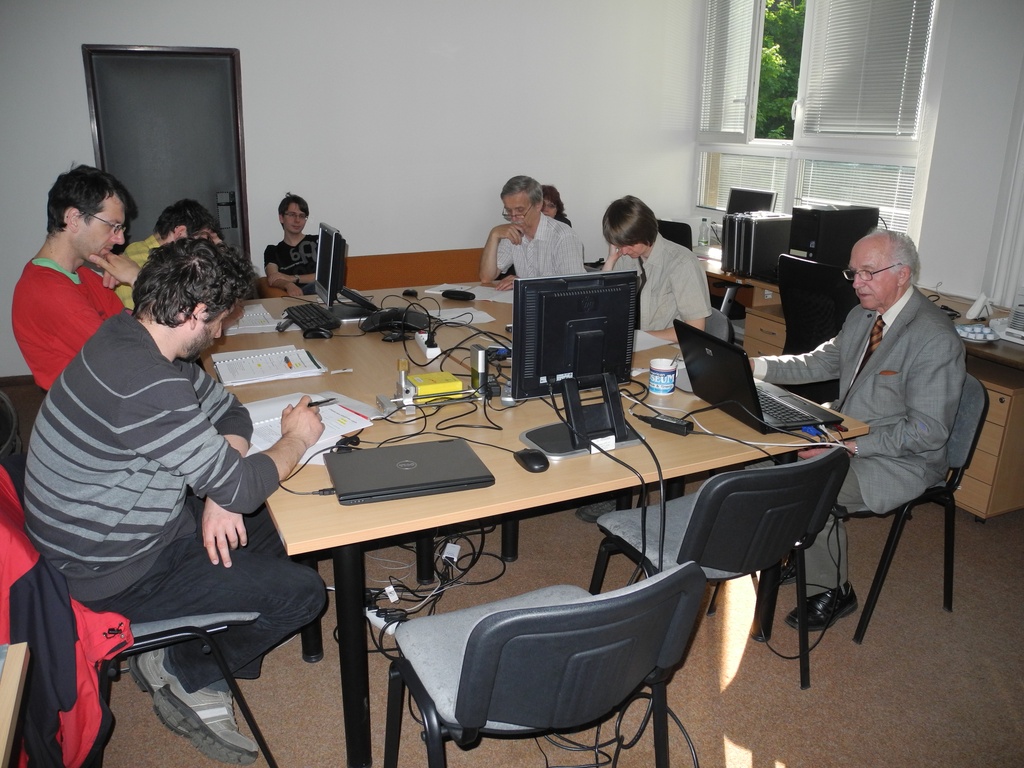 Progresivní detekční metody ve výuce subatomové a částicové fyziky na ZŠ a SŠ
Progresivní detekční metody ve výuce subatomové a částicové fyziky na ZŠ a SŠ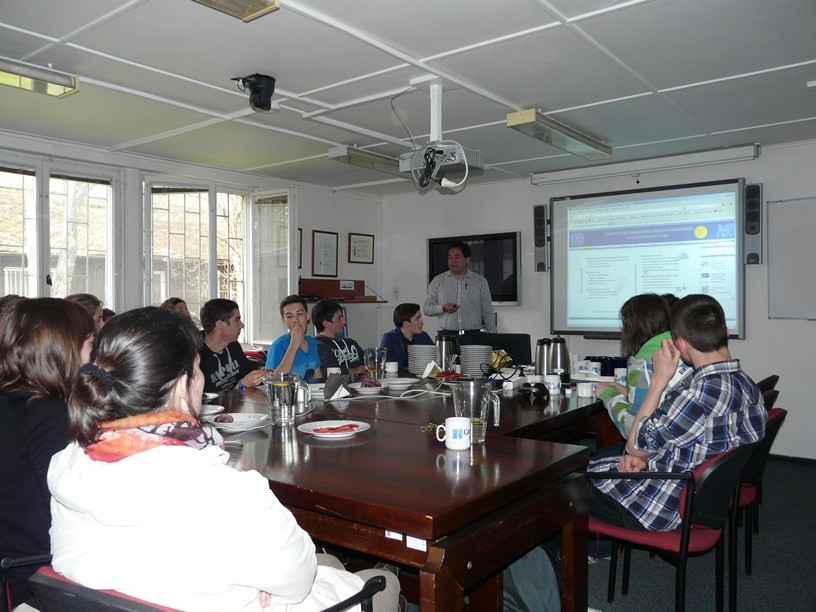 Návštěva v rámci projektu „Listening to the universe by detection cosmic rays“
Návštěva v rámci projektu „Listening to the universe by detection cosmic rays“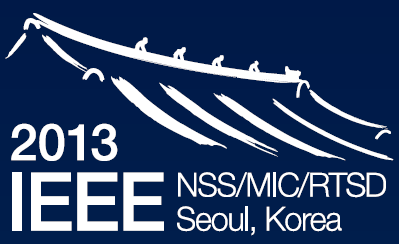 NSS MIC IEEE Conference
NSS MIC IEEE Conference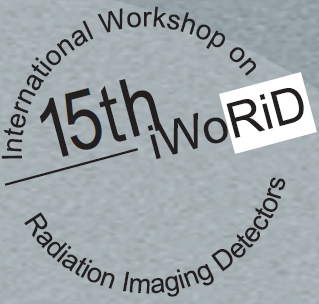 15thIWORID
15thIWORID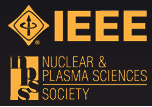 NSS MIC IEEE Conference
NSS MIC IEEE Conference